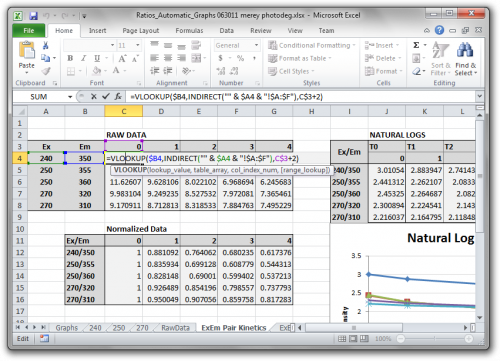Knowledge Transfer
Member Login
Recent Blog Posts
Views expressed are those of the author and do not necessarily reflect those of CMOP or OHSU. All content posted here must be consistent with OHSU's Acceptable Use of Computing and Telecommunications Resources policy.


 This week I finally started working with my mentor to create calibration curves for the fluorometric spectrometer. This process is very precise, as the concentrations are so low that spilling even a single drop could alter results. We only had 10 mL of PAHs in solution to begin with, and finished Tuesday with almost two liters of dilutions, though we only kept 5 vials. Wednesday and Thursday were spent on the fluoromax, running samples.
This week I finally started working with my mentor to create calibration curves for the fluorometric spectrometer. This process is very precise, as the concentrations are so low that spilling even a single drop could alter results. We only had 10 mL of PAHs in solution to begin with, and finished Tuesday with almost two liters of dilutions, though we only kept 5 vials. Wednesday and Thursday were spent on the fluoromax, running samples.

